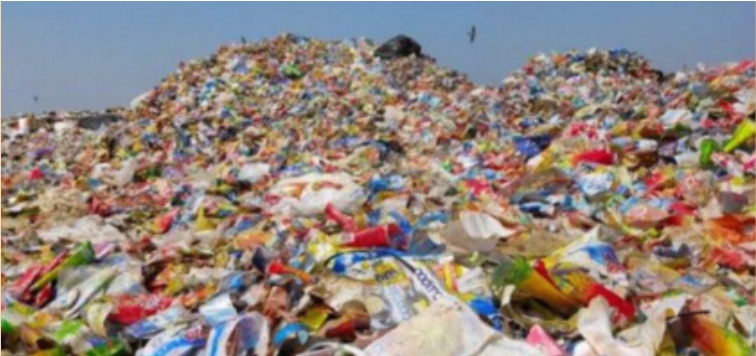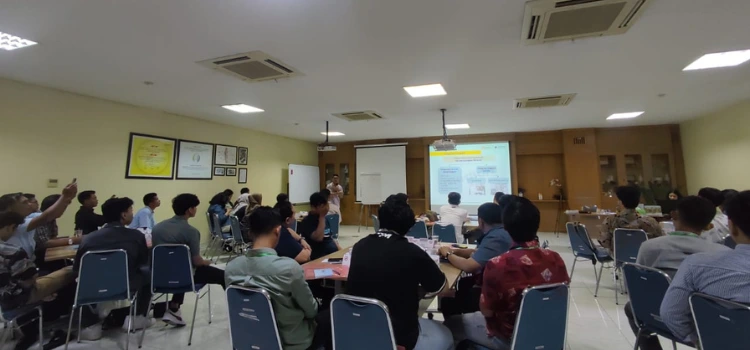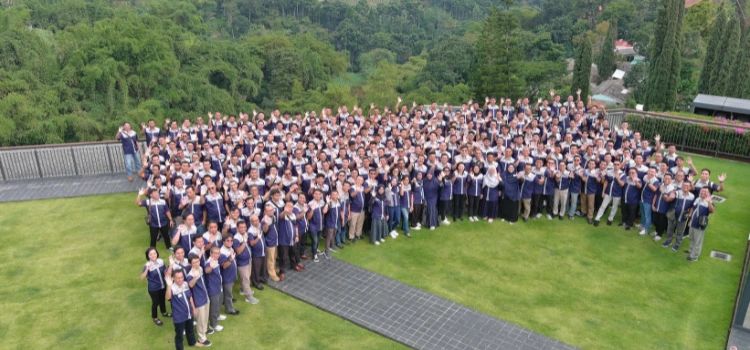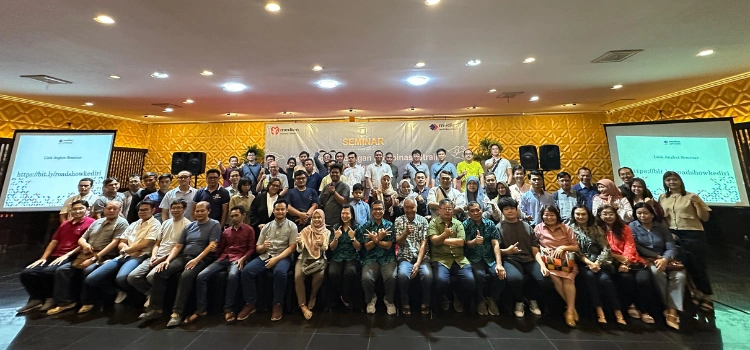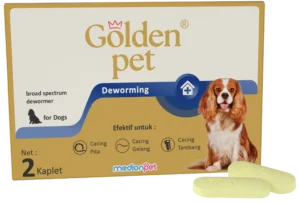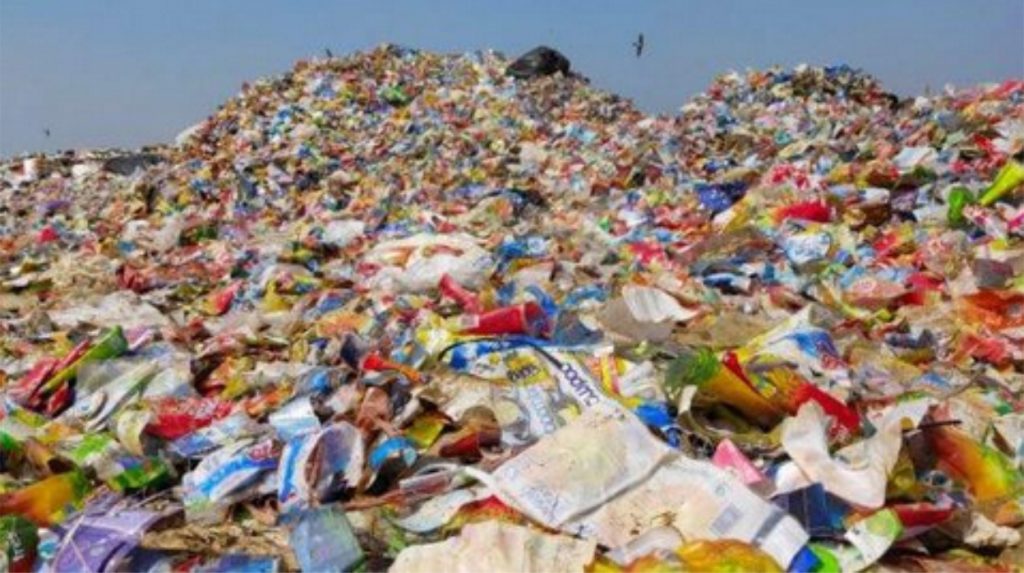
Waste is still one of the environmental issues in Indonesia. Based on data from the Ministry of Environment and Forestry (KLHK), in 2020 the total national waste production reached 67.8 million tonnes per year, of which 37.3% came from household activities. Therefore, since 2019 KLHK has been actively running the National Waste Sorting Movement Programme from Home. This programme aims to educate the importance of sorting waste and invite people to start doing it at home. The benefits of sorting waste are:
- Keep dry waste and wet waste from mixing, because if these two types of waste are mixed together, they can become a breeding ground for bacteria and cause bad odours.
- Avoiding hazardous materials being mixed in (such as electronic waste, medicines, etc.)
- Simplify waste processing and recycling
- Minimising waste that will end up in landfill.
Here's how to sort and process waste properly:
1. Separate organic and anorganic waste
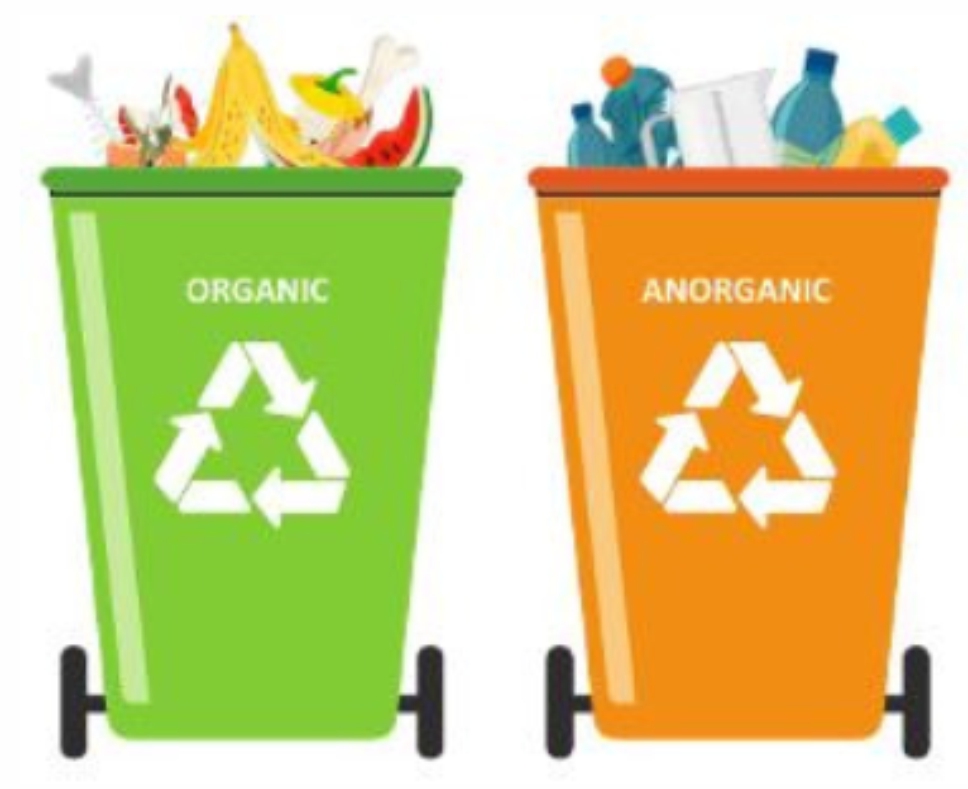
Organic waste is waste that comes from materials that can be decomposed naturally / biologically and can be reused with the right processing process, for example for compost or animal feed. Organic waste consists of :
- Wet organic waste, for example: gravy, broth, bones, or other food waste that contains water
- Dry organic waste, for example: leaves, twigs, fruit peels, and uncooked vegetables
- Inorganic waste is a type of waste that is produced by various processes and takes a very long time to decompose. Examples include various plastics, cans, paper, glass, iron, tetrapack (carton-based packaging), and others.
2. Organise organic waste
Wet organic waste can be reused to feed pets (cats or dogs) and dry organic waste can be processed into compost or (regrow) leftover vegetables such as spring onions, celery, pakcoy or kale.
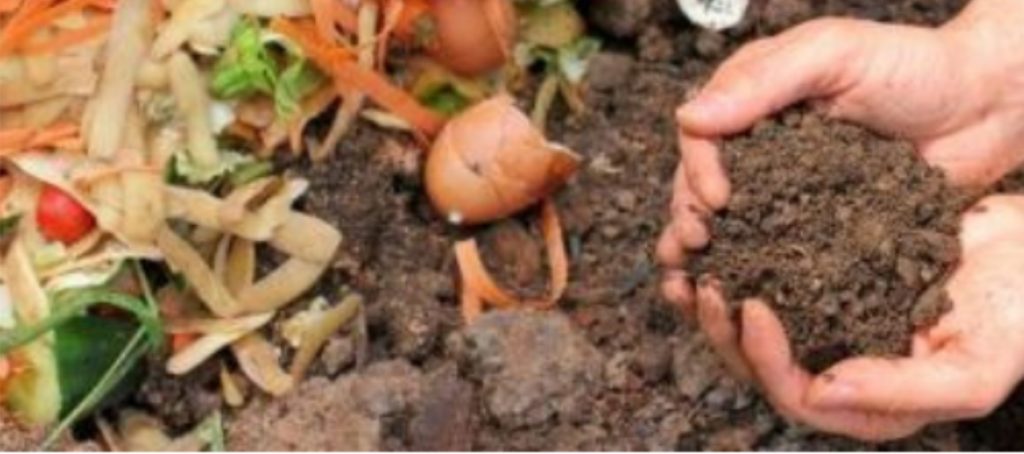
3. Bring and hand over inorganic waste to the Waste Bank
What is a waste bank? A waste bank is a collection point for segregated waste, which will be deposited to a waste collector or craft centre for recycling.recycle. Bank sampah dikelola menggunakan sistem perbankan.
Penyetor akan mendapatkan buku tabungan seperti menabung di bank. Menurut data KLHK tahun 2021, jumlah bank sampah yang tersebar di 363kab/kota di seluruh Indonesia sebanyak 11.556 unit.
To find a waste bank in your location, visit the website https://sipsn.menlhk.go.id/sipsn/ and select the Waste Management Facility menu, then choose Waste Bank. There are also smartphone waste bank apps such as Octopus, mySmash, Bank Sampah KOMPIS, Mallsampah, and others.
Well, that's how to sort and process waste that can be done at home. You can start applying it from now on. Let's Go Green & Go Healthy.
References
https://dlhk.acehprov.go.id/2021/08/menteri-lhk-pengelolaan-lingkungan-bisa-tersesat-bila-hanya-modis-figuratif-dan-ilustrasi

